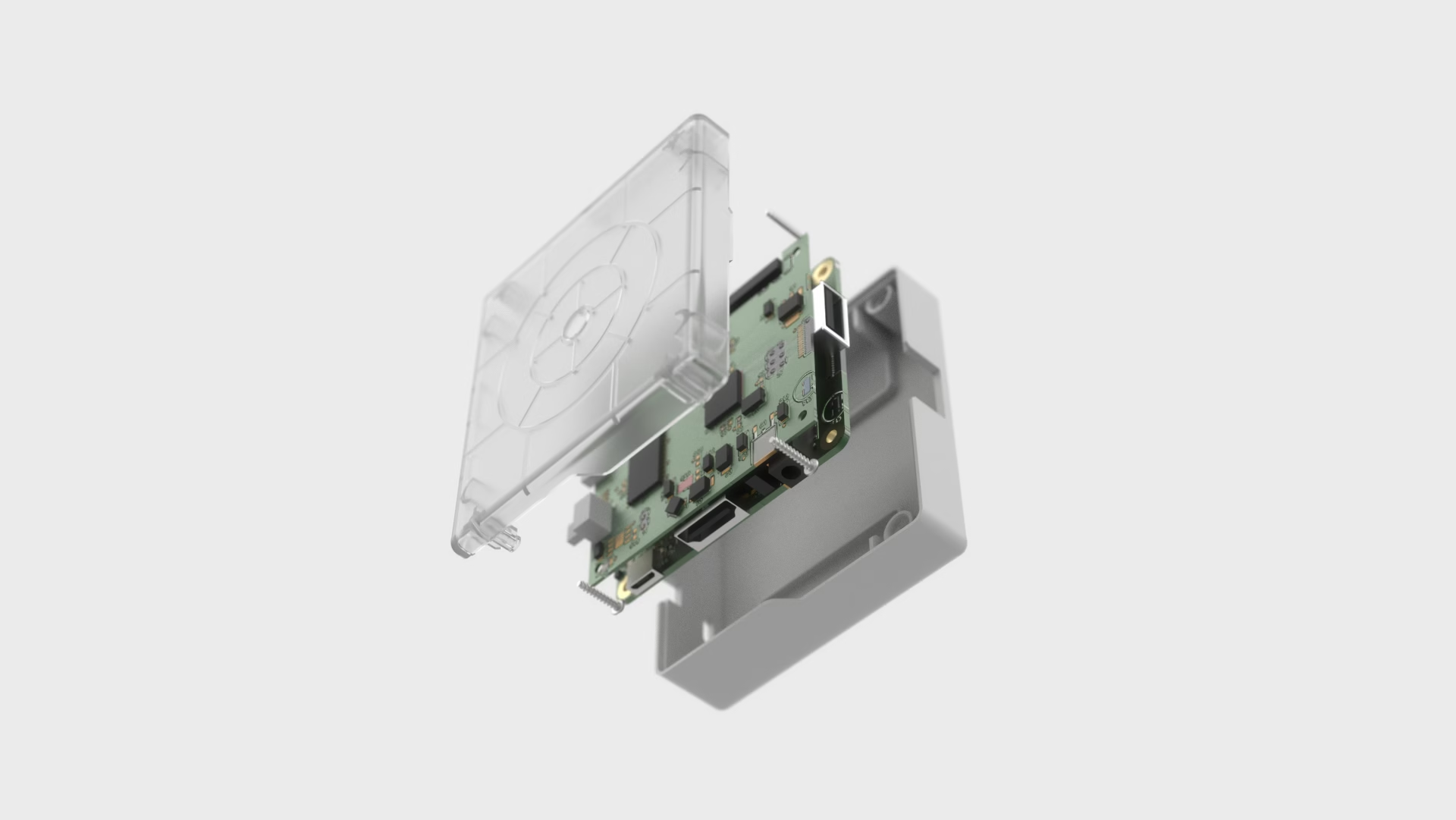Surface Roughness is a measure of the texture of a surface, and it is an important characteristic that needs to be considered during the design and manufacturing of a product. It refers to the deviation of a surface from a perfectly flat plane, and it can be caused by a variety of factors such as machining methods, material properties, and wear and tear. Surface roughness can affect the performance, functionality, and appearance of a product, which is why it is important to understand and control it during the manufacturing process. In this article, we will explore the definition, measurement, and impact of surface roughness on product performance, as well as ways to control and improve it.
What is Surface Roughness?
Surface roughness, also known as surface texture, plays a crucial role in determining how an object interacts with its environment. It is a measure of the irregularity of a surface and can be caused by factors such as machining methods, material properties, and wear and tear. Roughness can have a significant impact on the performance and functionality of a mechanical component, as it can lead to nucleation sites for cracks or corrosion. In tribology, rough surfaces tend to wear more quickly and have higher friction coefficients than smooth surfaces. In certain applications, roughness may be desired for promoting adhesion, such as for cosmetic finish coatings such as painting, powder coating or plating.
Surface roughness is a measure of the texture of a surface and is defined as the deviation of a surface from a perfectly flat plane. It can be caused by machining methods, material properties, and wear and tear. Surface roughness is measured by a single numeric parameter, such as Ra, Rz, and Rq.
Ra, also known as the arithmetic average roughness, is the most common measurement of surface roughness. It is calculated by measuring the average distance between the peaks and valleys of a surface profile. Rz, on the other hand, is a measure of the maximum height of the roughness profile, often used in precision machining operations. Rq is similar to Rz, but it is the root mean square average of the roughness profile.
Factors that Affect Surface Roughness
The materials used to manufacture a product can greatly affect its surface roughness. For example, softer materials tend to have a higher surface roughness than harder materials, and the type of material can also affect the roughness, such as metals or plastics.
Similarly, the choice of manufacturing methods can also affect the surface roughness of a product. Machining, for example, can produce a wide range of surface roughness depending on the type of cutting tool used, the cutting conditions, and the material properties of the workpiece. Grinding can produce very smooth surfaces, but it can also introduce high levels of surface roughness if not done properly. Similarly, polishing can produce very smooth surfaces, but it can also introduce surface defects if not done correctly. In surface roughness chart below, common manufacturing techniques and the corresponding Ra surface finish values for each
Heat treatment affect surface roughness, as well, as it can cause changes in the microstructure of the material and lead to different levels of surface roughness. Factors such as temperature, time, and cooling rate can all have an impact on the final surface roughness of a product.
Additionally, manufacturing processes like casting, forging, and welding can also influence surface roughness. These processes can introduce surface imperfections like porosity, inclusions, and other defects that can affect the final surface roughness of a product.
The Impact of Surface Roughness on Product Performance
The roughness of a surface can affect the strength of a product by creating nucleation sites for cracks, which can lead to premature failure of the product. In addition, surface roughness can affect the durability of a product by increasing wear and tear, as well as increasing the likelihood of corrosion and chemical damage.
Surface roughness can also have a major impact on the functionality of a product. For example, rough surfaces tend to have higher friction coefficients than smooth surfaces, which can affect the performance of moving parts and lead to increased wear and tear. Similarly, in electronic industry, rough surfaces can lead to increased electrical resistance, which can affect the performance of electronic components.
Examples of products and industries where surface roughness is especially important include gears, bearings, and other tribological systems in the automotive and aerospace industry, medical devices in the medical industry, and electronic devices in the electronic industry. In all these cases, surface roughness can have a significant impact on the performance, functionality, and lifespan of the product.
Controlling Surface Roughness
In order to ensure optimal performance, functionality, and lifespan of a product, it is important to understand and control surface roughness. In this section, we will explore various methods for controlling surface roughness, including Surface Roughness Standards, Surface Roughness Tolerance, Surface Roughness Measurement Techniques, and Surface Roughness Improvement Techniques.
Surface Roughness Standards: Different industries have different standards for surface roughness, which specify the acceptable levels of surface roughness for different types of products. Surface roughness tolerance is typically specified in international standard such as ISO 1302, ASME Y14.36M-2018 and JIS B 0601 . These standards are provide guidelines for manufacturers to follow in order to ensure that their products meet the required levels of surface roughness.
Surface Roughness Tolerance: Surface roughness tolerance is the allowable deviation from the desired surface roughness. It is used to specify the acceptable range of surface roughness for a given product. Surface roughness tolerance is usually indicated on engineering drawings, product specifications, and quality control documents. It can be shown by a range of values or a single value, depending on the product and the industry and usually given in terms of Ra or Rz values.
Surface Roughness Measurement Techniques: profilometry, stylus profilometry, and optical profilometry. These techniques are used to ensure that the product meets the required surface roughness standards and tolerances.
Surface Roughness Improvement Techniques
Most common Surface Roughness Improvement Techniques, that can be applied during the manufacturing process or during post-processing to improve the surface quality and performance of the product, include:
- Process optimization: Which involves adjusting the manufacturing process to improve surface roughness. For example, using a different cutting tool, changing the cutting conditions, or using a different grinding wheel can all have an impact on surface roughness.
- Surface finishing: using techniques such as honing, lapping, polishing, and buffing to improve the surface roughness of a product. These techniques can be used to remove surface defects and improve the surface finish.
- Surface modification: using techniques such as heat treatment, chemical treatment, and electroplating to change the surface properties of a product and improve surface roughness.
- Surface coating: applying a coating to the surface of a product to improve surface roughness. For example, a lubricant coating can be applied to reduce friction and wear, or a corrosion-resistant coating can be applied to improve resistance to corrosion.
In conclusion, Surface Roughness is a crucial characteristic that needs to be considered during the design and manufacturing of a product. It can affect the performance, functionality, and appearance of a product, and it is important to understand and control it during the manufacturing process. The manufacturing processes, materials and conditions used to produce a product can greatly affect its surface roughness. Surface roughness tolerance, which is a measure of the allowable deviation of a surface's roughness from a target value or specification, is used to ensure that the surface roughness of a product meets the desired level of quality and performance. It is important to consider the appropriate surface roughness tolerance for the specific manufacturing process used to produce the product. It is essential for manufacturers to prioritize surface roughness in their product design and manufacturing process to ensure optimal performance and functionality of the final product.
Need help designing your product? Let's schedule a call!







